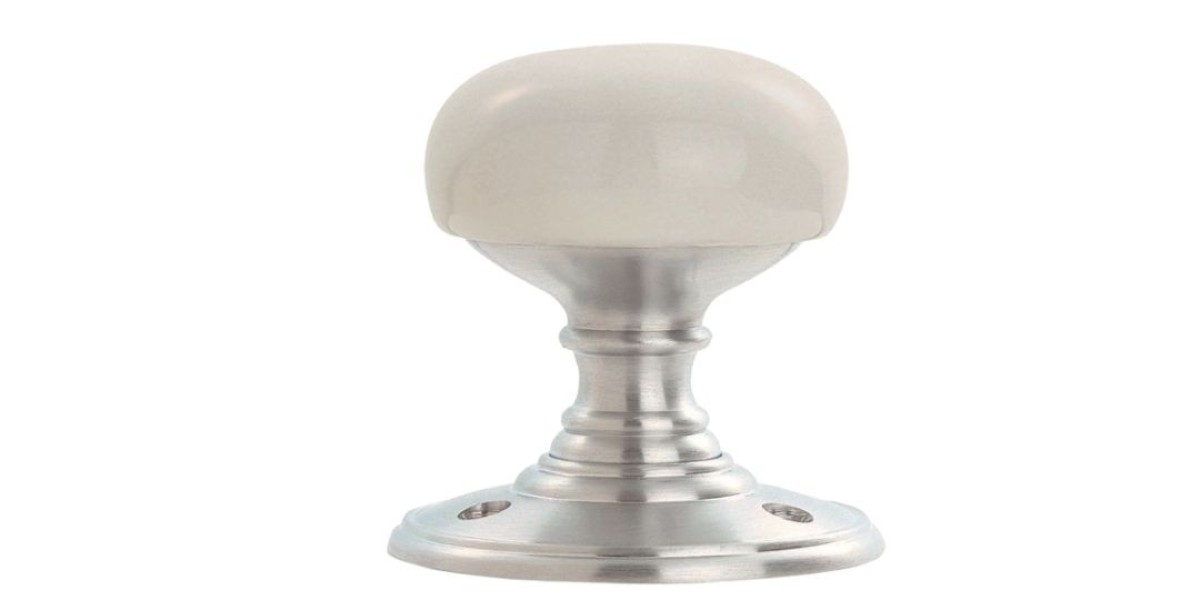In the dynamic realm of product solution services, embedded systems play a pivotal role in powering a diverse range of devices, from consumer electronics to industrial machinery. At Jenex Technovation PVT. Ltd., based in Ahmedabad, we recognize the significance of Embedded Firmware Development in delivering efficient and reliable product solutions.
Understanding Embedded Firmware Development:
1. Definition and Significance:
- Embedded Firmware Overview: Embedded firmware refers to the software that is embedded into non-volatile memory of an embedded system, typically a microcontroller or microprocessor.
- Significance in Product Solutions: Embedded firmware is fundamental in controlling the functionality of embedded systems, enabling them to perform specific tasks and operations.
2. Key Concepts in Embedded Firmware Development:
- Real-time Operating Systems (RTOS): RTOS is often used in embedded systems to manage the execution of tasks with precise timing, critical for applications requiring real-time responses.
- Interrupt Handling: Effective interrupt handling is essential for managing asynchronous events and ensuring timely responses in embedded systems.
- Memory Management: Efficient use of memory resources is crucial in embedded systems, where resources are often limited.
3. Programming Languages for Embedded Firmware:
- C and C++ Programming: C and C++ are widely used in embedded firmware development due to their low-level programming capabilities and efficiency.
- Assembly Language: In some cases, assembly language is employed for precise control over hardware resources.
4. Hardware Abstraction Layer (HAL):
- HAL Overview: HAL provides a layer of abstraction between the hardware and the software, allowing developers to write code that is independent of the underlying hardware.
- Benefits of HAL: HAL simplifies the development process, enhances portability, and facilitates code maintenance.
5. Device Drivers:
- Role of Device Drivers: Device drivers are essential components of embedded firmware that enable communication between the embedded system and peripheral devices.
- Custom vs. Standard Drivers: Depending on the application, developers may choose to use standard drivers or develop custom drivers for specific hardware requirements.
Principles of Embedded Firmware Development:
1. Efficiency and Optimization:
- Resource Constraints: Embedded systems often have limited resources, including processing power, memory, and storage.
- Code Optimization: Developers in Ahmedabad should prioritize writing efficient code to make the best use of available resources.
2. Reliability and Stability:
- Critical Systems: Many embedded systems are used in critical applications where reliability is paramount, such as medical devices, automotive systems, and industrial machinery.
- Robust Error Handling: Implementing robust error handling mechanisms ensures the system can gracefully recover from unexpected events.
3. Security Considerations:
- Embedded Systems Vulnerabilities: As embedded systems become more interconnected, security vulnerabilities become a concern.
- Secure Coding Practices: Adhering to secure coding practices is crucial to mitigate the risk of security breaches.
4. Scalability and Flexibility:
- Future-Proofing: Designing firmware with scalability in mind allows for future updates and additions without significant re-engineering.
- Modular Architecture: A modular architecture supports flexibility, making it easier to adapt firmware to changing requirements.
5. Testing and Debugging:
- Comprehensive Testing: Rigorous testing, including unit testing, integration testing, and system testing, is essential to ensure the reliability of embedded firmware.
- Debugging Tools: Using appropriate debugging tools is crucial for identifying and resolving issues during the development process.
Challenges and Solutions in Embedded Firmware Development:
1. RTOS Synchronization:
- Challenge: Synchronizing tasks in real-time operating systems can be challenging.
- Solution: Employing effective synchronization mechanisms, such as semaphores and mutexes, ensures proper coordination between tasks.
2. Memory Management:
- Challenge: Efficiently managing memory in resource-constrained environments is a common challenge.
- Solution: Adopting memory-efficient algorithms and optimizing data structures helps in effective memory utilization.
3. Power Consumption Optimization:
- Challenge: Power consumption is a critical consideration, especially in battery-powered devices.
- Solution: Implementing power-saving techniques, such as sleep modes and dynamic voltage scaling, helps optimize power consumption.
Trends in Embedded Firmware Development:
1. IoT Integration:
- IoT Expansion: The integration of embedded systems into the Internet of Things (IoT) is a growing trend.
- Communication Protocols: Developers are incorporating communication protocols like MQTT and CoAP to enable seamless IoT connectivity.
2. Machine Learning at the Edge:
- Edge Computing: Machine learning algorithms are increasingly being implemented at the edge in embedded systems.
- Local Processing: Local processing of data enhances real-time decision-making capabilities in embedded systems.
Future Outlook for Embedded Firmware Development in Ahmedabad:
As Ahmedabad continues to thrive as a hub for product solution services, the future of Embedded Firmware Development holds immense potential. The adoption of emerging technologies, adherence to best practices, and a commitment to continuous learning will empower businesses in Ahmedabad to excel in delivering innovative and reliable embedded systems. At Jenex Technovation PVT. Ltd., we remain dedicated to staying at the forefront of Embedded Firmware Development, ensuring that our product solutions meet the evolving demands of the industry. As technology advances, the principles and concepts outlined in this blog post will serve as a guiding framework for successful and impactful Embedded Firmware Development in Ahmedabad and beyond.



